- Table tennis rules are a lot like the ones of regular tennis. You can play it between two or four players, serve and hit a ball over a net alternatively using paddles. Unlike tennis, however you play table tennis on a hard flat table instead of a court; the ball is smaller and lightweight; and instead of strung paddles, table tennis paddles are solid wood.
- The rules of table tennis are determined by the International Table Tennis Federation (ITTF), founded in 1926. Other than regulating and governing table tennis rules and regulations, the ITTF is also responsible for organizing its global-level competitions.
- A table tennis game played between two players is called a Singles game, and that played between four players (two teams of two players each) is called a Doubles game. Apart from some minor differences, the basic rules for singles and doubles table tennis are mainly the same.
Table tennis equipment
1. The ball
- A table tennis ball is a hollow plastic sphere about 40mm in diameter and 2.7 grams in weight. It is either white or orange with a matte finish. The color of the ball depends upon the color of the table and is picked to ensure maximum visibility.
- Traditionally, table tennis balls were made out of celluloid; but rising concerns regarding their flammability resulted in them being replaced with a type of plastic.
- Balls that are tested to fulfil all of the ITTF criteria are stamped with the ITTF approval.
- See how table tennis balls are made!
2. The paddle
- The paddle – also known as a “bat” in Europe and Asia – is made of flat and rigid wood. There is no regulation on the size, shape, or weight of the paddle and the player can opt for what suits them the best.
- The wooden paddle is covered with rubber on each side. As per rules, the rubber is to be between 2mm to 4mm in thickness. The rubber on one side of the paddle should be red, while the other side should be black. If a player chooses to have rubber on only one side of the paddle, they may not use the rubber-less side to strike the ball.
- The two sides of the table tennis paddle may have differing texture. The texture determines how much spin, or lack thereof, the paddle can generate on the ball. The rule of different coloring on each side of the paddle is to let your opponent know what side you are using.
3. The table
The court of table tennis, i.e. the table, is 274cm long, 152.5cm wide, and should be 76cm high from the ground. A net 15.25cm high should divide the table in half. The color of the table is dark, with a matte finish to ensure visibility and contrast to the ball.
The table is to be made out of wood and must be smooth, even, and levelled; with each part of the table offering similar bounce.
Basic rules of table tennis
For both amateur and professional level table tennis, the basic rules are the same. A table tennis match consists of a best of 5, 7, 9 or however many odd-numbered games. In each game, the goal is to reach 11 points before your opponent.
Points
- In both singles and doubles table tennis, your opponent will get points if you:
- Fail to make a good service
- Fail to make a good return
- Violate any other rules
- Your goal is for you, or your team, to reach 11 points before your opponent. In case both opponents tie at 10 points, then the game is won by whoever scores two more consecutive points first.
- Winning a point means a point gets added to your score. Losing a point means a point gets added to your opponent’s score. There is no point deduction in table tennis.
Starting the game
- To start a game of table tennis, you first need to decide who will serve the ball first. Officially, this is determined by a toss, but you can use any method you like if you’re playing at lower levels.
- The winner of the toss can either choose who serves the ball or choose which end of the table they would like to play. The loser of the toss gets the choice not opted for by the winner.
The service (Or Serve)
- The service, or the serve, is the official start of the game. To serve the ball, you must hold it in your open palm, toss it up, and hit it with your paddle before it bounces on the table. The serve must be done above the level of the table, and the ball must be tossed behind the table.
- When serving the ball, the server must make sure the ball bounces once on the server’s side of the table, and at least once on the receiver’s side of the table. If the server fails to do so, the receiver gets a point. If the receiver fails to hit a properly served ball after it bounces once on their side, the server gets a point.
- If the ball touches the net and bounces on the server’s side, the receiver gets a point. If the ball touches the net and bounces on the receiver’s side, the ball must be re-served and is called a “let”. This is one instance that results in a “let”. For others, see below. Worth mentioning is that the popular custom in amateur games where three “lets” (due to a ball hitting the net) grant a point in favor of the receiver, the official rules of table tennis do not dictate such a procedure.
- The ball is in play the moment it gets tossed in the air, and the play ends when you or your opponent score a point. You get two consecutive serves before it’s your opponent’s turn to serve.
- In doubles, the rules of service are similar except the serve must be made so that the ball bounces once on the server’s right side of the table and once on the receiver’s right side of the table. A line is usually drawn longitudinally in the middle of the table to facilitate that.
The return
- The receiver of the serve has to hit the ball so that it goes over the net and bounces at least once on the server’s side. The receiver doesn’t need to bounce the ball on their side of the table this time.
- A return is legal if the player hits the ball with any part of their paddle hand. It means you can hit the ball with either rubber-padded face of the paddle, the sides of the paddle, the paddle handle, and your paddle hand.
- A paddle hand is simply your hand that holds the paddle; this includes everything below your wrist, including fingers, back of the hand, and side of the hand.
- If a receiver hits a serve before it has bounced once on their side of the table, they lose a point.
- If you, while returning the ball, hit the net so that the ball ends in your opponent’s side of the table, they must play the ball or lose a point.
- If the ball ends on your side of the table after hitting the net, the opponent gets a point.
- The play that follows a service and ends when a point is scored is called a rally.
- In a doubles game, the ball is played alternatively. If two teams A and B are playing a doubles game, then the ball served by A1 must be returned by B1, which will be returned by A2, which will be returned by B2, and that will be returned by A1. This goes on in that order until the end of the rally. The server changes after each rally to ensure everyone gets to serve.
The let
A let is when a rally ends without any points being awarded.
This happens when the game is interrupted by external factors, for example, by the umpire, or if the receiver was not ready for the service and hence did not attempt to return it. A let is also called if an otherwise legal serve hits the net and bounces on the receiver’s side.
Other reasons for losing points
- If the ball goes off the table without hitting it, the player who made the shot loses a point.
- If a player intentionally hits a ball twice consecutively, they lose a point. However, this isn’t the case if the player does so by accident.
- Touching the table, moving the net, moving the table, and obstructing the ball during a serve or return, are grounds for losing a point.
- In a doubles game, a point is lost if a player plays out of turn.
- If a player hits the ball with the side of the paddle that isn’t covered, they lose a point.
- Your hand is your paddle hand as long as it holds the paddle. If you drop the paddle, then your paddle hand becomes your free hand and hitting the ball with it will lose you a point.
The wrap-up
Table tennis rules vary slightly on a national level; however, the principal laws are the same. The ITTF regulations are the basis on which national table tennis federations formulate their own rules. You can download a pdf here if you want to read all the rules in detail.
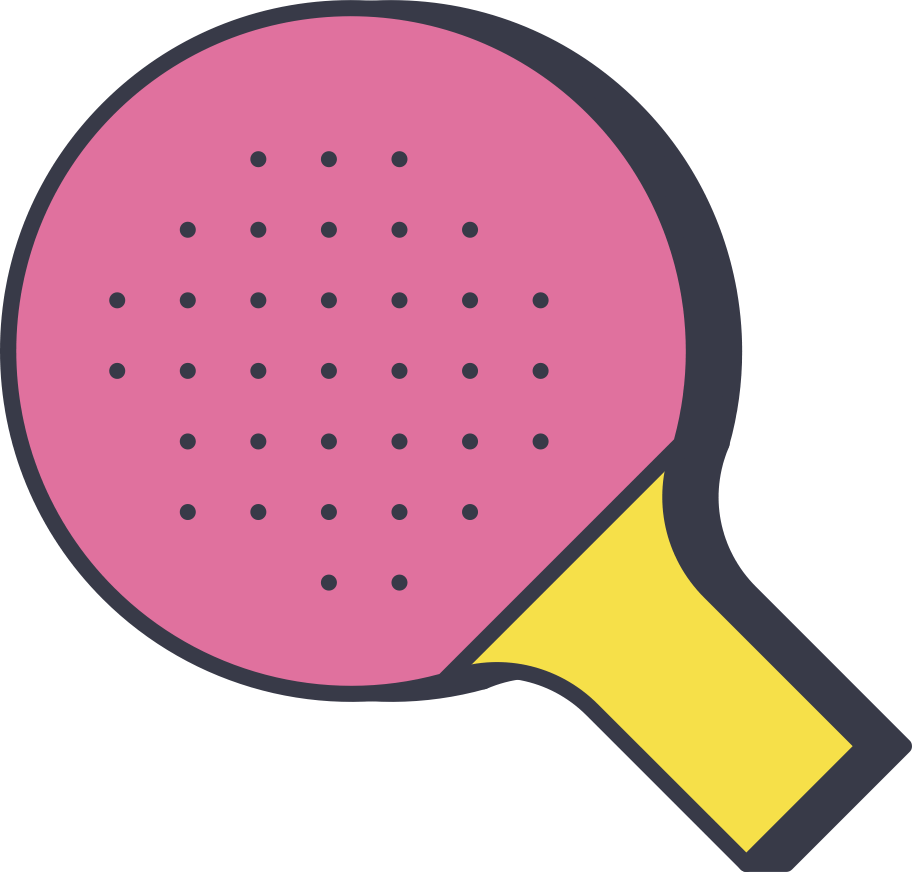


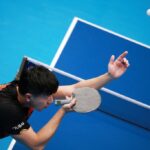
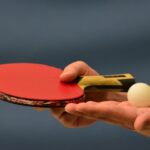
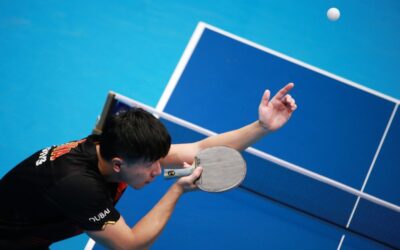
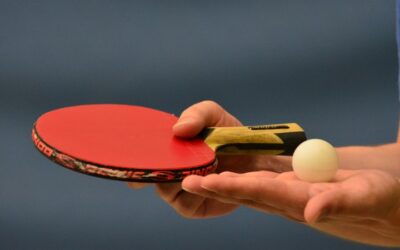
This is my first time visit at here and i am in fact pleassant to read all at one place. Florence Agosto Milone